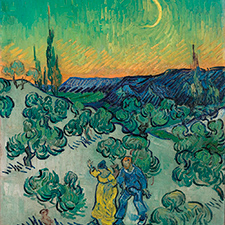
Van Gogh, Landscape with Couple Walking and Crescent Moon
Van Gogh, Landscape with Couple Walking and Crescent Moon was painted in San Rémy in Provence during van Gogh’s stay in the mental hospital.

Van Gogh, Landscape with Couple Walking and Crescent Moon was painted in San Rémy in Provence during van Gogh’s stay in the mental hospital.
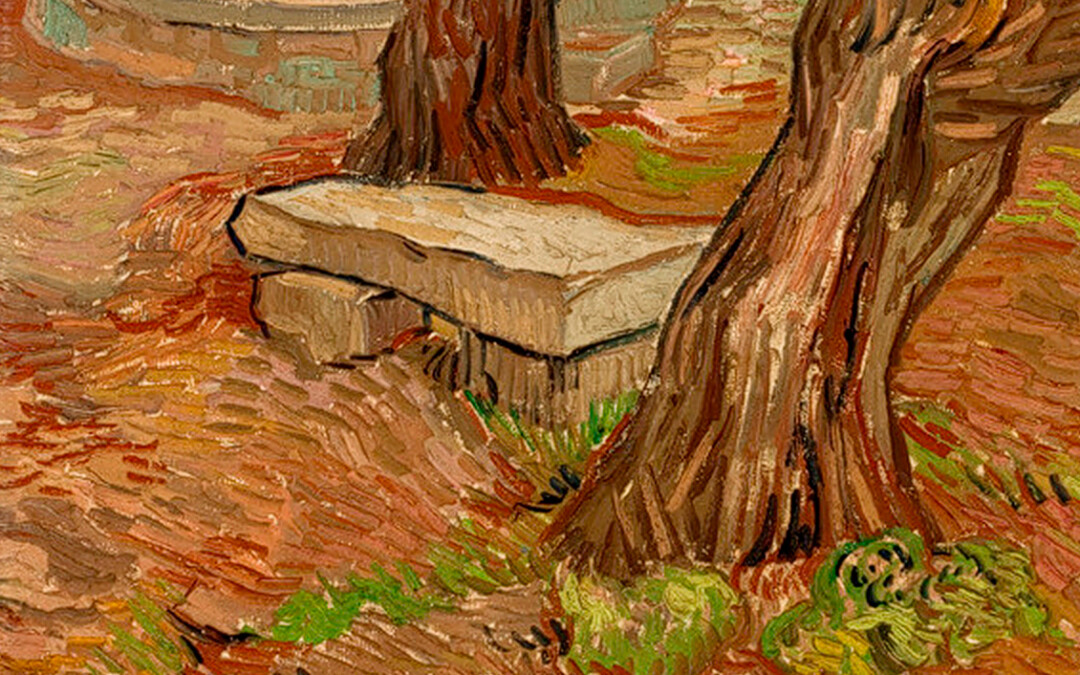
Van Gogh, The Stone Bench in the Asylum at Saint-Rémy is one of the works painted during the stay of the artist in the hospital Saint Paul.
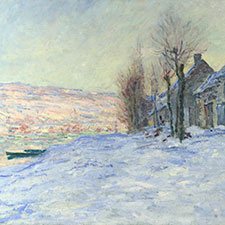
Claude Monet, ‘Lavacourt under snow’ is a mature work showing a refined and simplified technique compared to the older works.
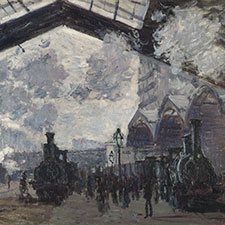
Monet, ‘The Gare Saint-Lazare’ is one of twelve paintings with the same subject. The rather special painting technique is described in the following text.
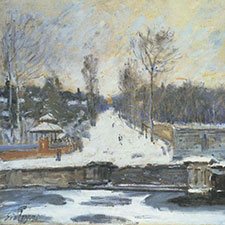
Sisley, The Watering Place at Marly-le-Roi: the pigment analysis revealed a limited palette of cobalt blue, red lake, viridian red ochre and chrome yellow.
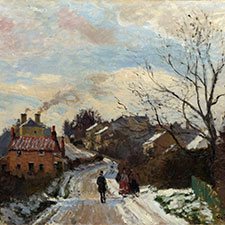
Pissarro, Fox Hill, Upper Norwood is one of the paintings executed during the stay of the painter in London. It was painted rapidly using the wet-in-wet technique.
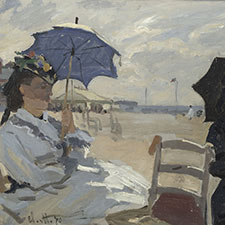
Claude Monet, The Beach at Trouville is one of the series of beach scenes showing his first wife Camille and painted in rather subdued colors.
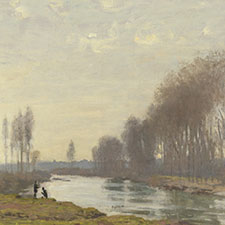
The Petit Bras of the Seine at Argenteuil is painted with mixtures of bright pigments having a much duller appearance than the pure pigments themselves.
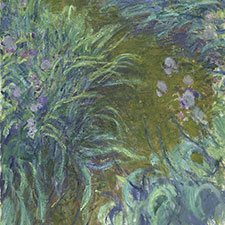
The large painting on luminous ground was painted with thick brush strokes. Monet’s palette is characteristic of this late period and contains pigments such as cobalt blue, cobalt violet, viridian, cadmium yellow and cadmium orange.
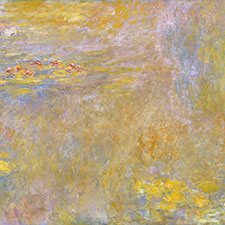
The very large painting is one of the many variations of the water-lily pond theme where Monet mostly employed single pigments.
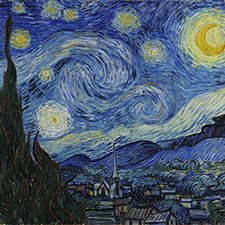
The painting’s strength lies in the stark contrast between the calm sleeping village and the dramatic, swirling and menacing sky.
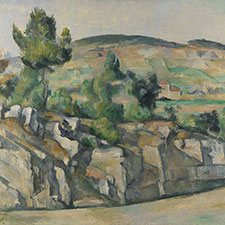
Pigment analysis reveals a rather restricted palette and masterful handling of colour with the usual pigments used at the end of the nineteenth century.
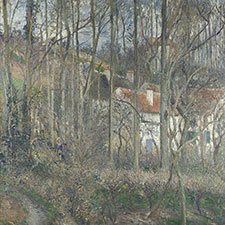
Pissarro, The Côte des Boeufs at L’Hermitage: the pigment analysis shows an intricate use of colour with subdued tonalities and few strong accents.
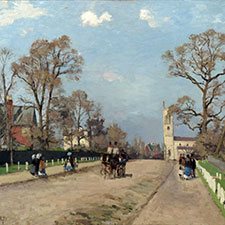
Pissarro, The Avenue Sydenham is painted in a style known as ‘peinture claire’ showing light tones and low contrast achieved by use of white pigments.
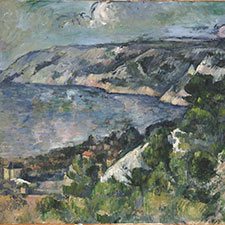
Pigment analysis of ‘Bay of l’Estaque’ revealed Cézanne’s rich palette with three different green, three different yellow and two different blue pigments.
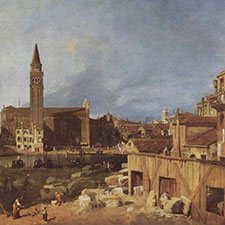
Stonemason’s Yard is another sight of Venice where the sky is painted with Prussian blue shortly after its discovery by Diesbach in Germany.
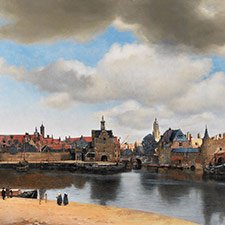
‘View of Delft’ by Vermeer is one of the most famous and beloved city views in western art. The harmony of the composition and the tranquillity are unique.
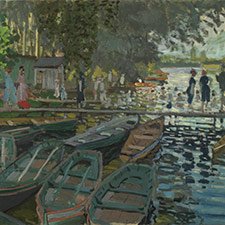
Bathing at La Grenouillère is a seminal work by C. Monet constituting a turning point in his development of a spontaneous painting technique ‘en plein air’.
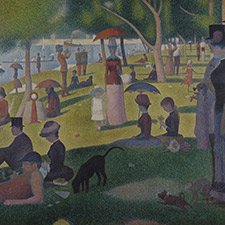
‘La Grande Jatte’ was painted according to the most advanced colour theories of Seurat’s time and it is the most important work of pointillism.
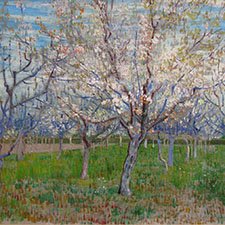
One of the triptych of orchards painted in Arles and at least partly inspired by Japanese prints. The red and yellow organic pigments have faded with time.
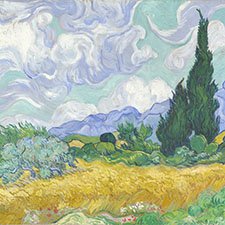
The pigment analysis of ‘Wheatfield with Cypresses’ which was painted by Van Gogh in the last year of his life and is one of his most famous landscapes.
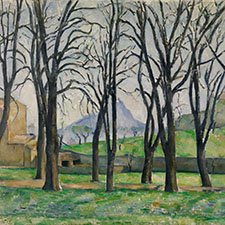
‘The chestnut trees’ is an unusual view of Jas de Bouffan, Cézanne’s country villa and is a fully representative example of the artist’s mature period.
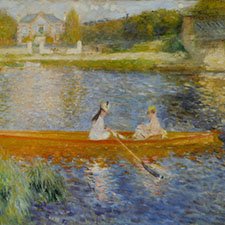
Learn about Renoir’s pigments and his painting technique in this impressionist painting of boating on the Seine.